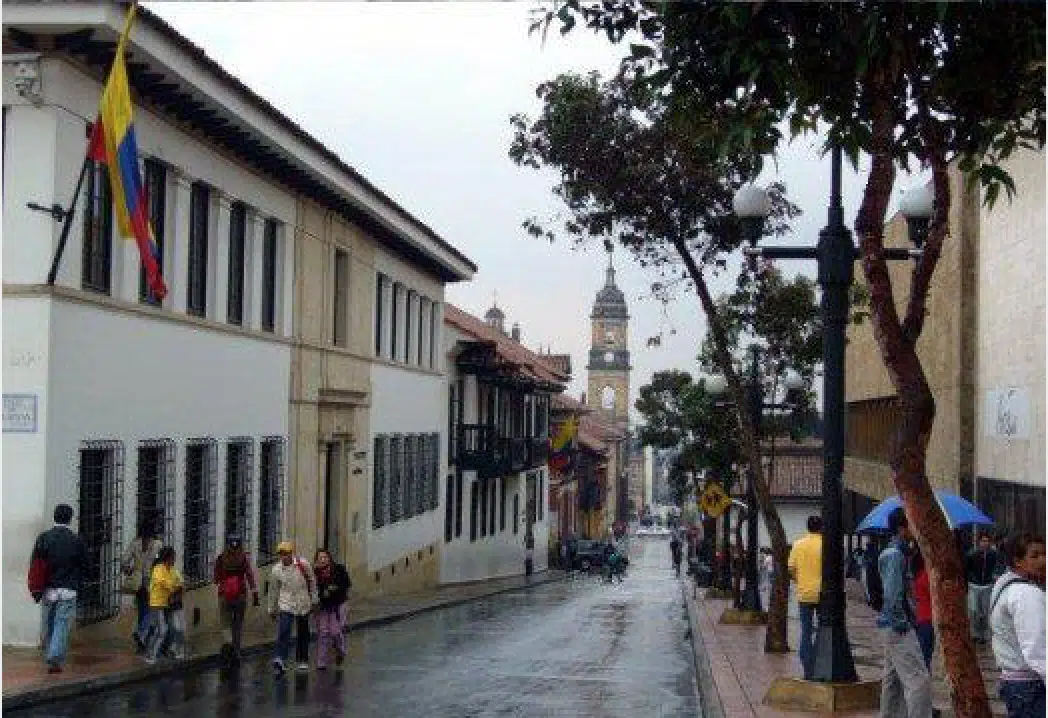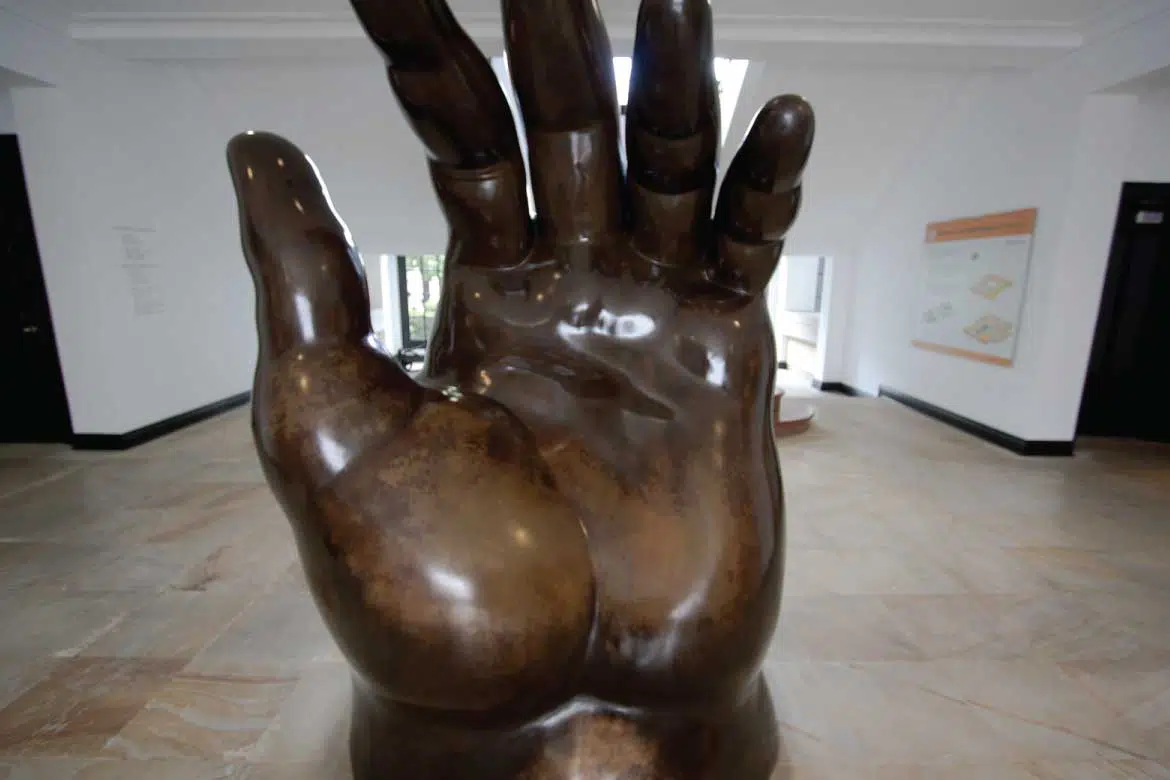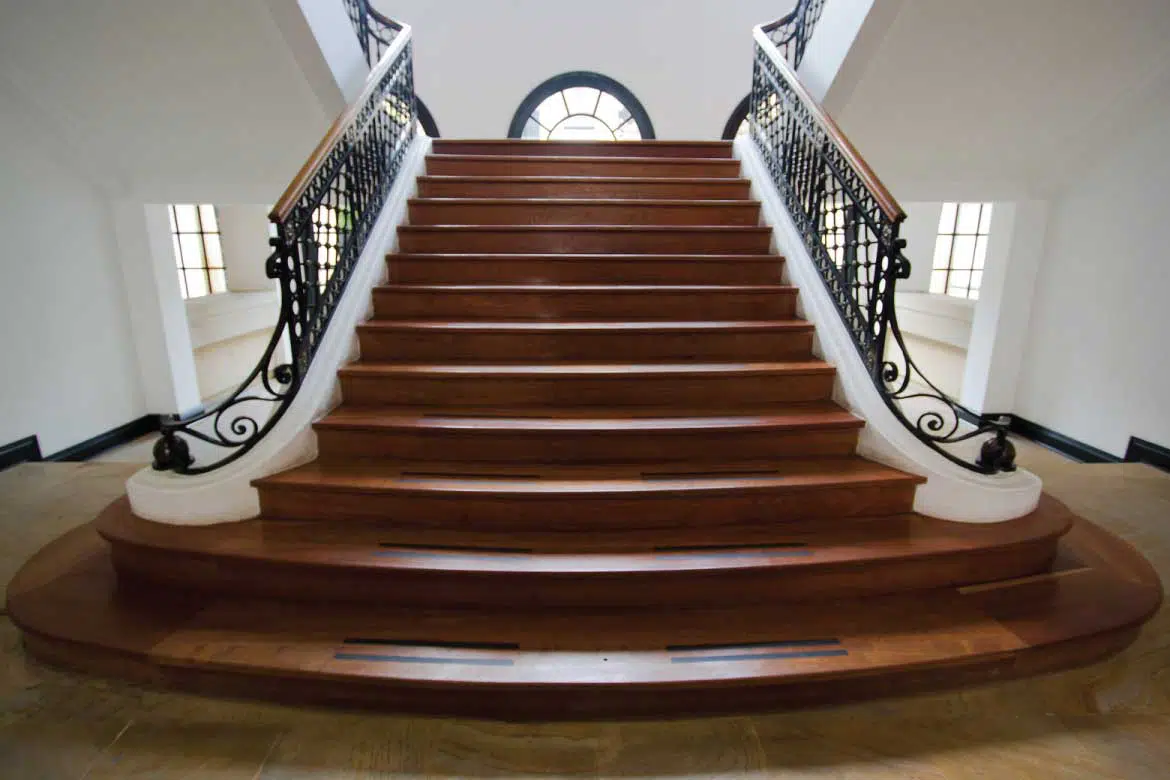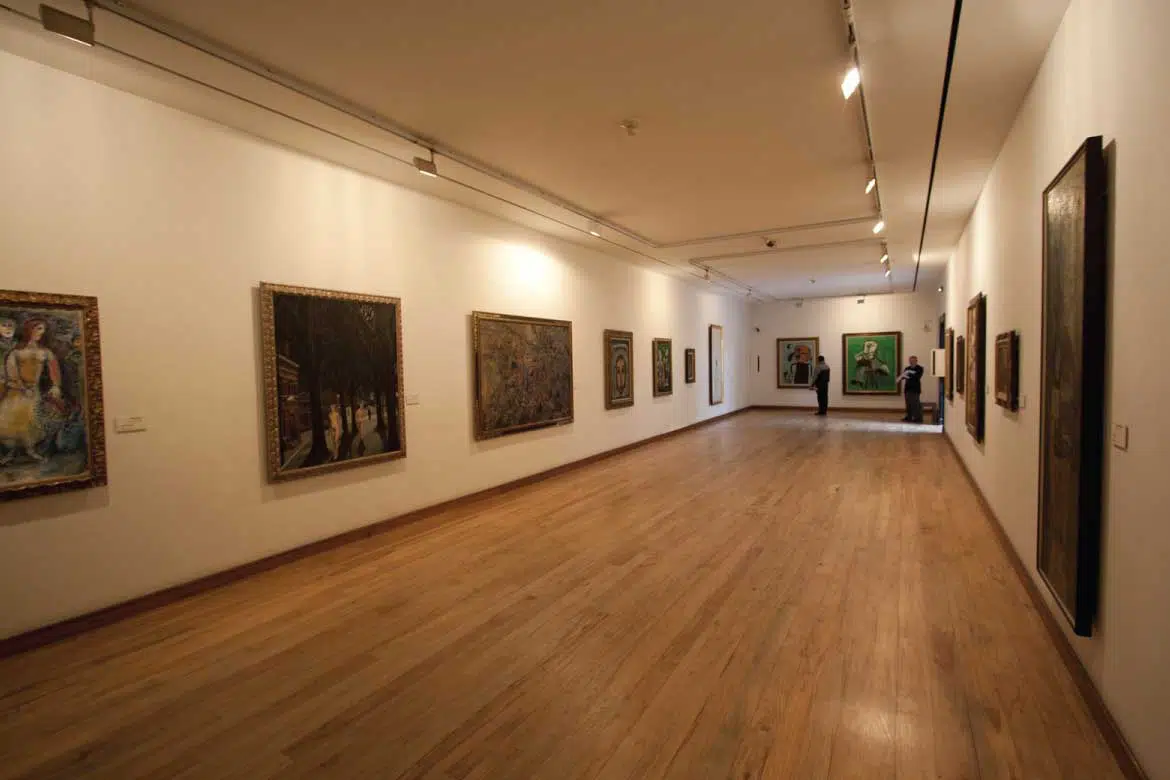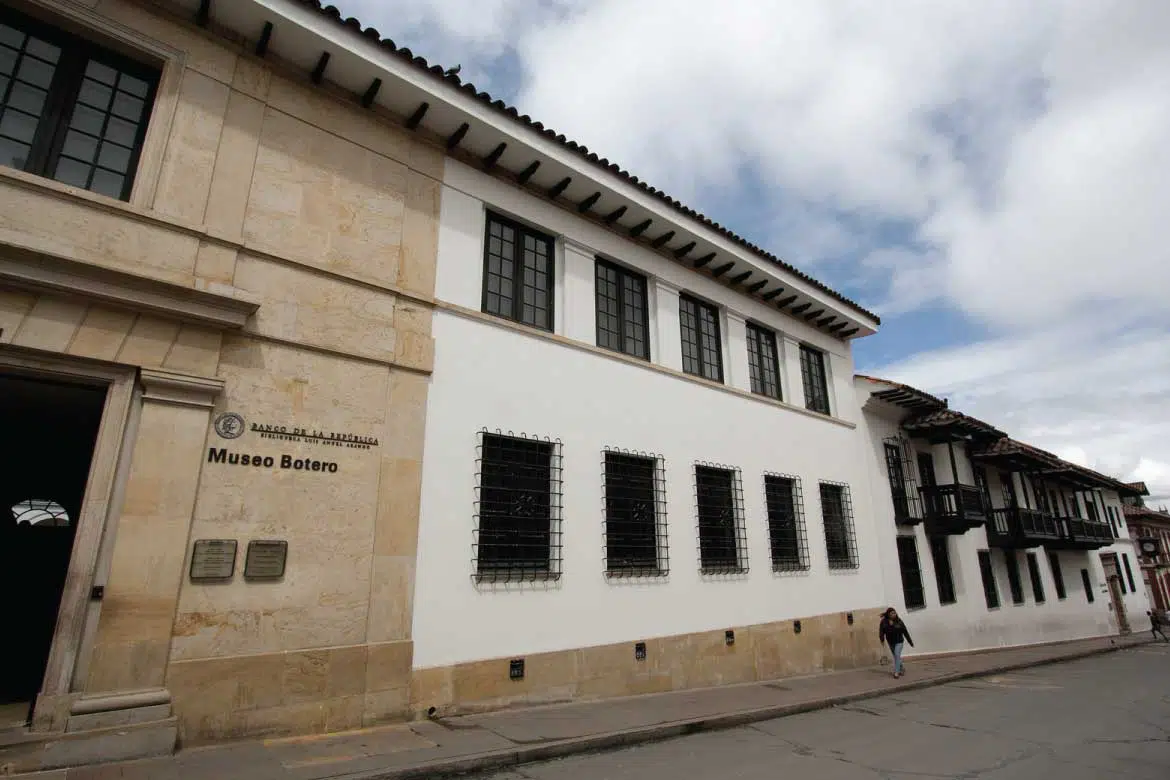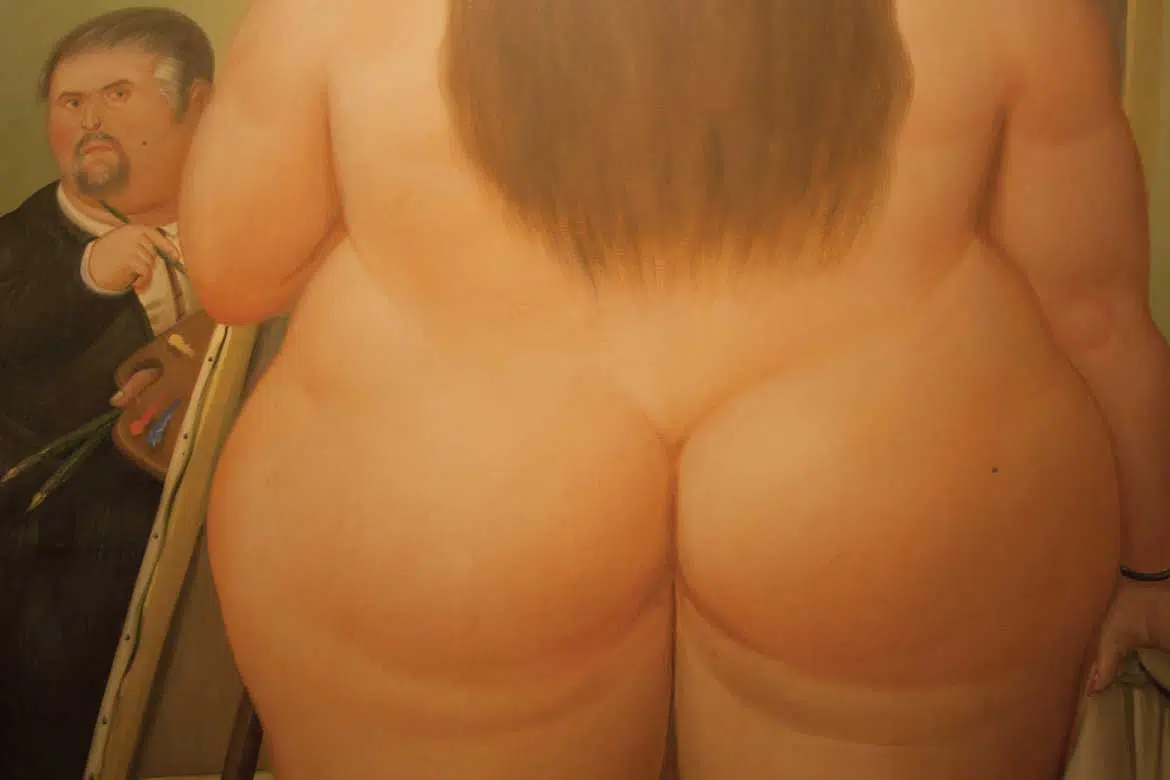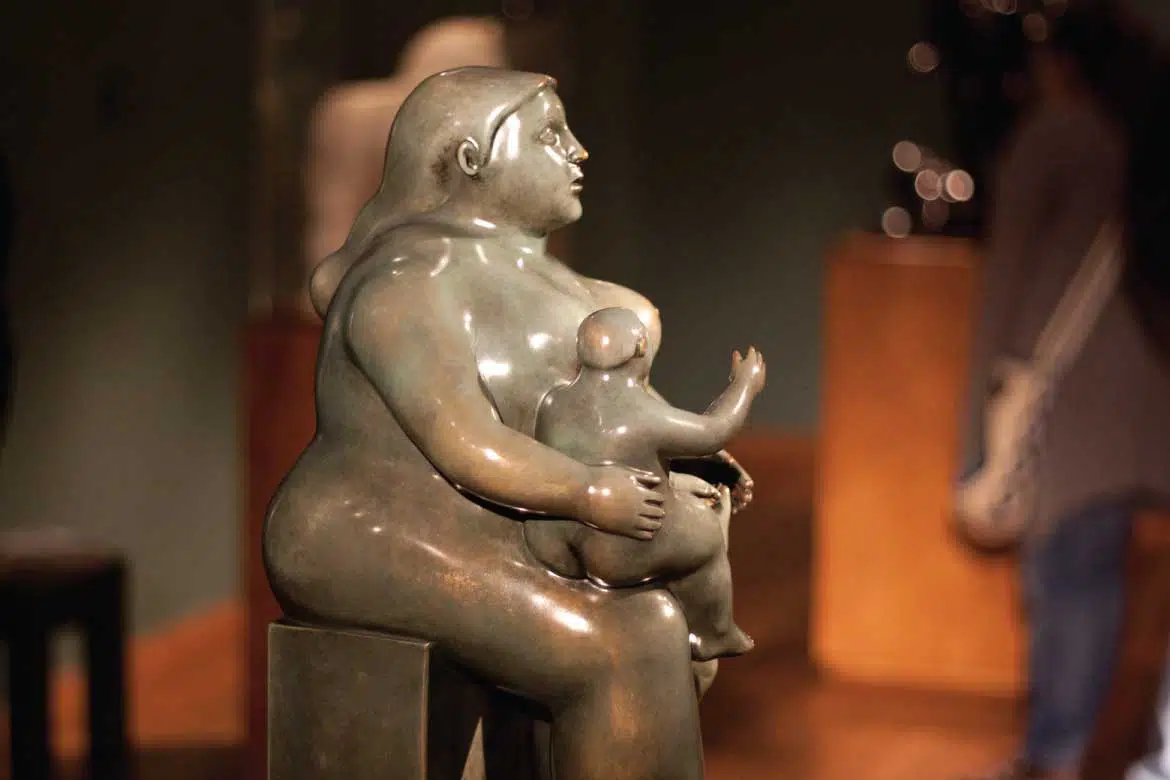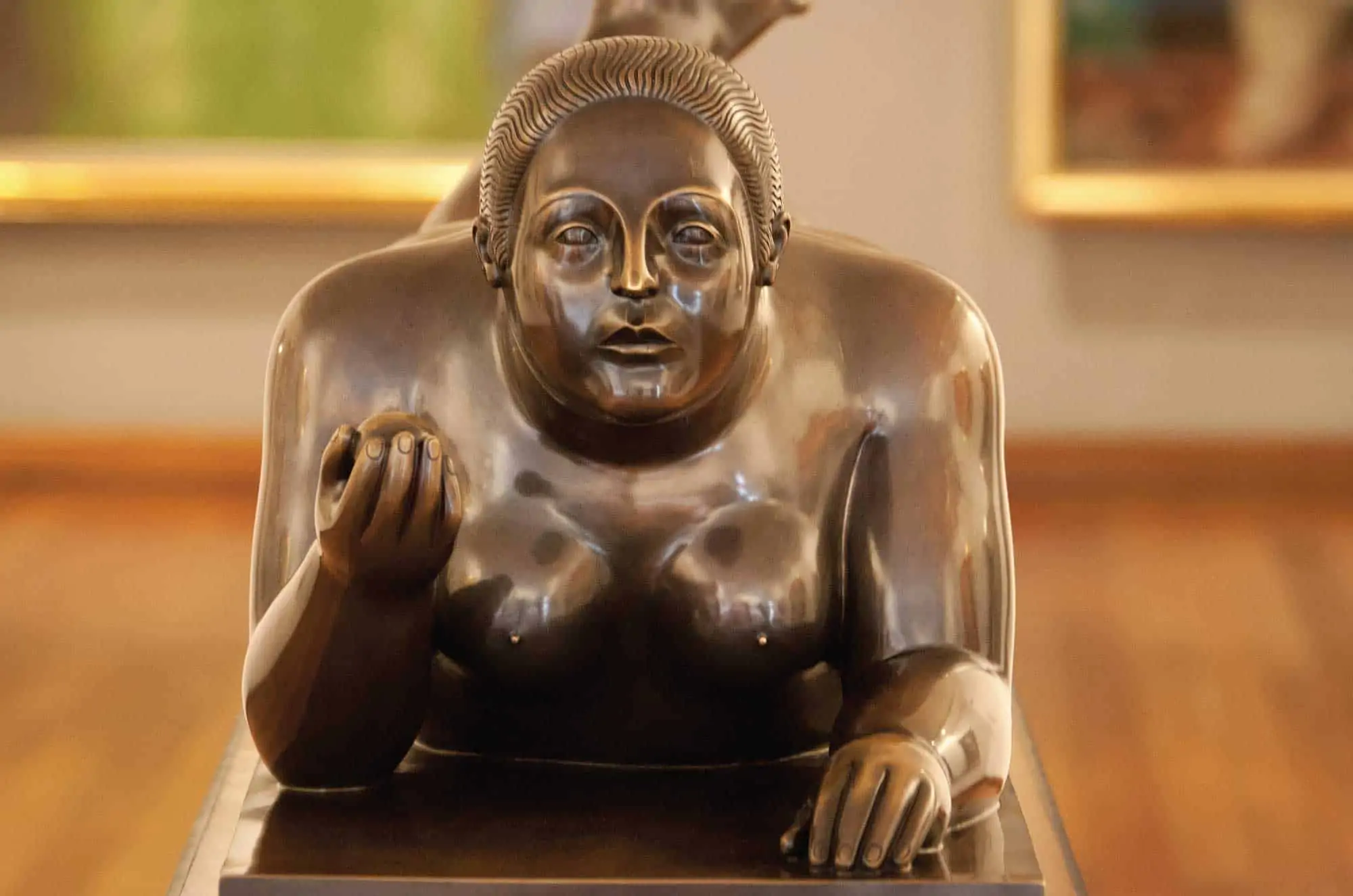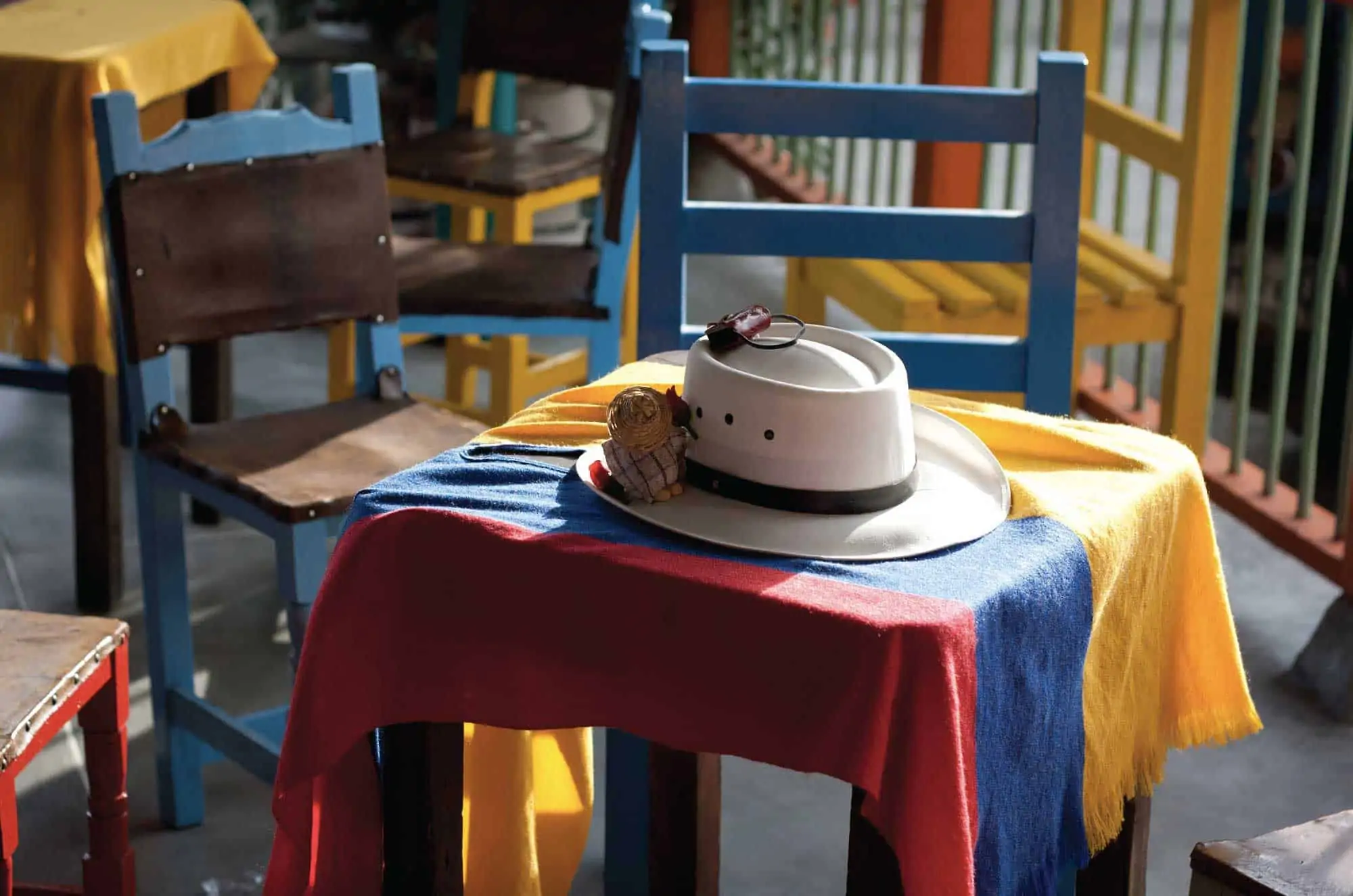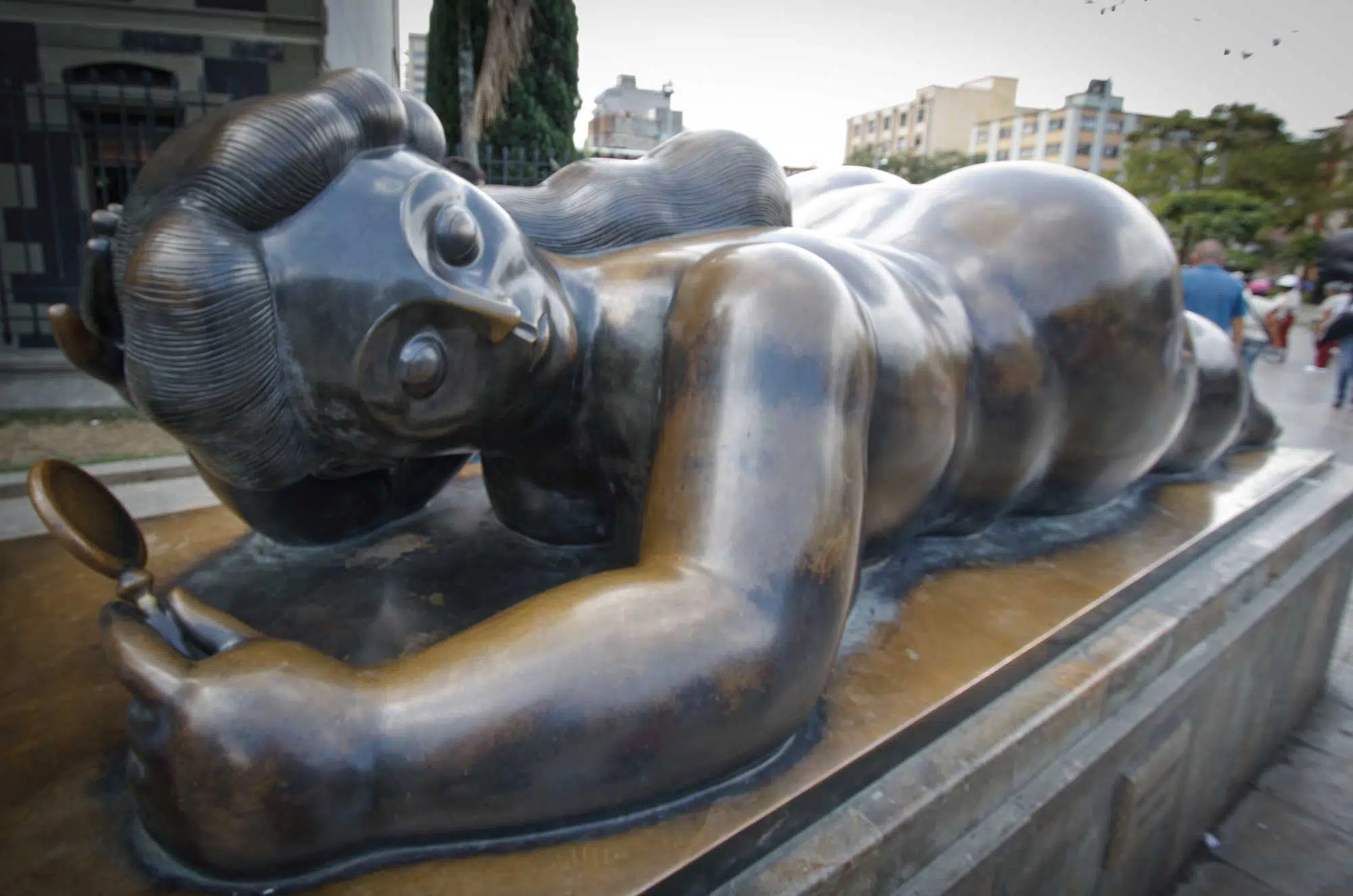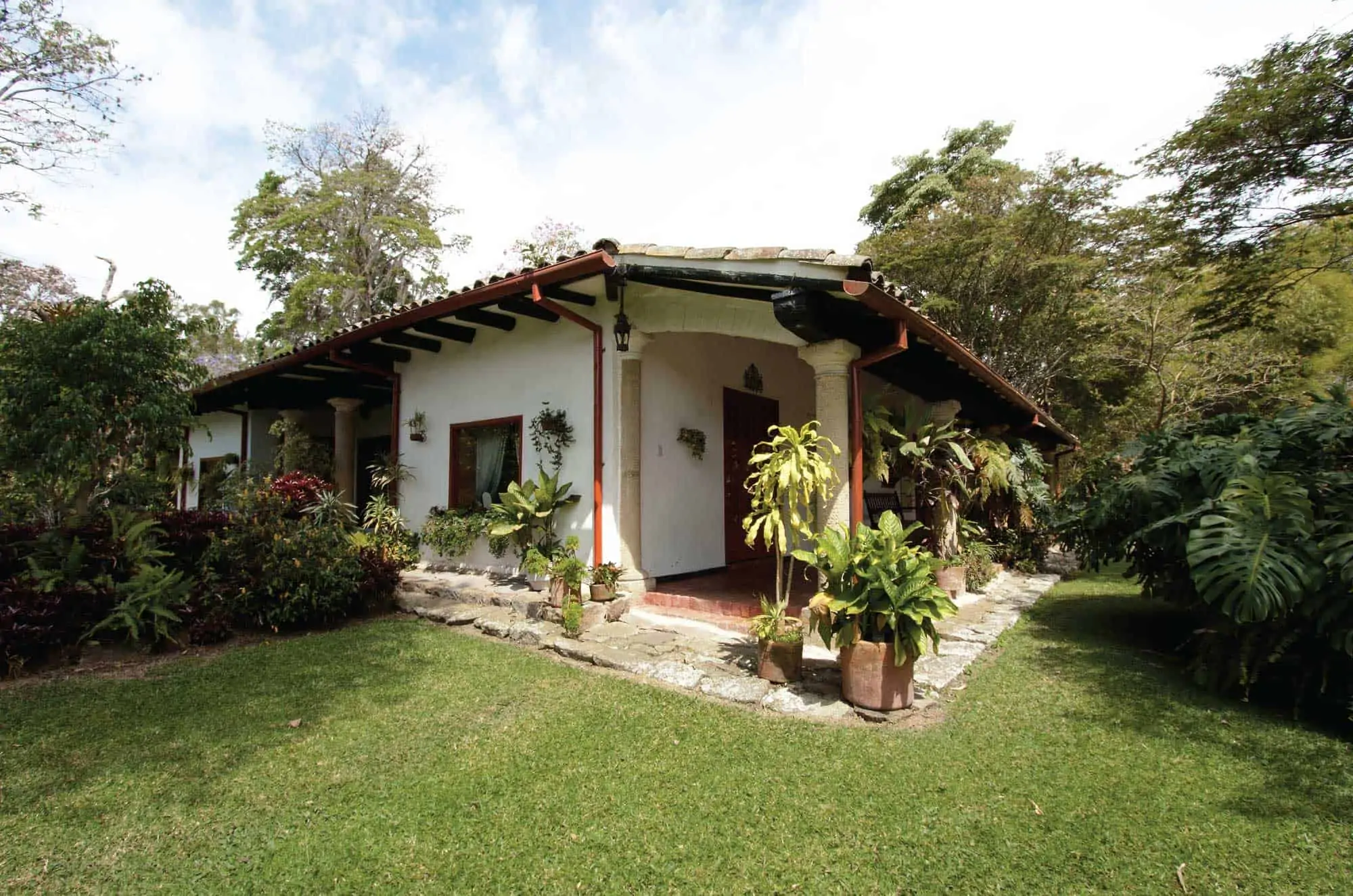Museo Botero – Bogotá
By The Colombian Way
From turbulent and destructive history to a perfect space for art lovers. Museo Botero is now one of the must see attractions in Bogotá.
History of Museo Botero
Museo Botero dates as far back as 1733 when Archbishop Antonio Claudio Álvarez de Quiñónez acquired the land and constructed his official Bogotá residence.
After his death in 1736, the majority of the Archbishops of Santafé took up residence there. During the 19th Century Bishop Vicente Arbeláez set about improving the residence according to the plans of Bartolomé Monroy. The residence was austere and solemn but had already established itself as a famous Bogotá landmark.
Palacio Arzobispal as it was known has endured a somewhat turbulent history including in 1862 during the Conservative Revolution when a thousand men caused substantial fire damage to the palace and the adjacent Casa de la Moneda. In 1882, the palace’s archives we attacked by employees of the state.
After 66 years of relative peace for the palace, on 9 April, 1948 it was completely destroyed by protestors during El Bogotazo, the civil unrest that followed the assassination of Colombian presidential candidate Jorge Eliécer Gaitán. This event itself brought 10 years of chaos to Colombia as it marked the start of La Violencia, a period of nationwide civil unrest.
The photograph below shows Palacio Arzobispal on the morning of 10 April 1948. The right hand side of the photograph shows destroyed colonial buildings that were ultimately replaced by Biblioteca Luís Ángel Arango. One of the largest libraries in South America.
Reconstruction
The land was acquired by the Banco de la República, along with the opposing block, the location of Biblioteca Luís Ángel Arango, by 1955 the palace had been rebuilt to its present state. The library opened in 1979 and was extended in 1990.
The photograph below shows Calle 11 after reconstruction from the same perspective as the 10 April 1948 photograph.
In 1986 the former palace temporarily hosted the offices of Colombia’s Palace of Justice and effectively acted as a courthouse for the Supreme Court. The building formerly used for legal proceedings itself having been destroyed by the leftist M-19 guerrilla group the previous year. Coincidentally, the original Palace of Justice had suffered the same fate as the Palacio Arzobispal having been destroyed in the Bogotazo in 1948.
The inauguration of the Botero Museum
The building that we currently know as Museo Botero ultimately completed its journey from archbishop’s palace, to a temporary palace of justice, to a formidable palace of art.
In 2000, Colombian artist Fernando Botero, famed for his curvy bronze sculptures and stylised fat portraits, donated his personal collection to the state. The collection comprises 208 works of art, 123 by Botero himself and a further 85 pieces by internationally recognised artists including works by Dali, Renoir, Chagall, Max Ernst and Picasso.
The immaculately maintained former palace now enjoys a more peaceful existence under the custodianship of Banco de la República. Nowadays up to 1000 people per day visit the museum, the museum’s halls also play host to informative talks, workshops and conferences.
Visiting Museo Botero
Museo Botero is closed on Tuesdays. It is included in our popular Bogotá city tour.



